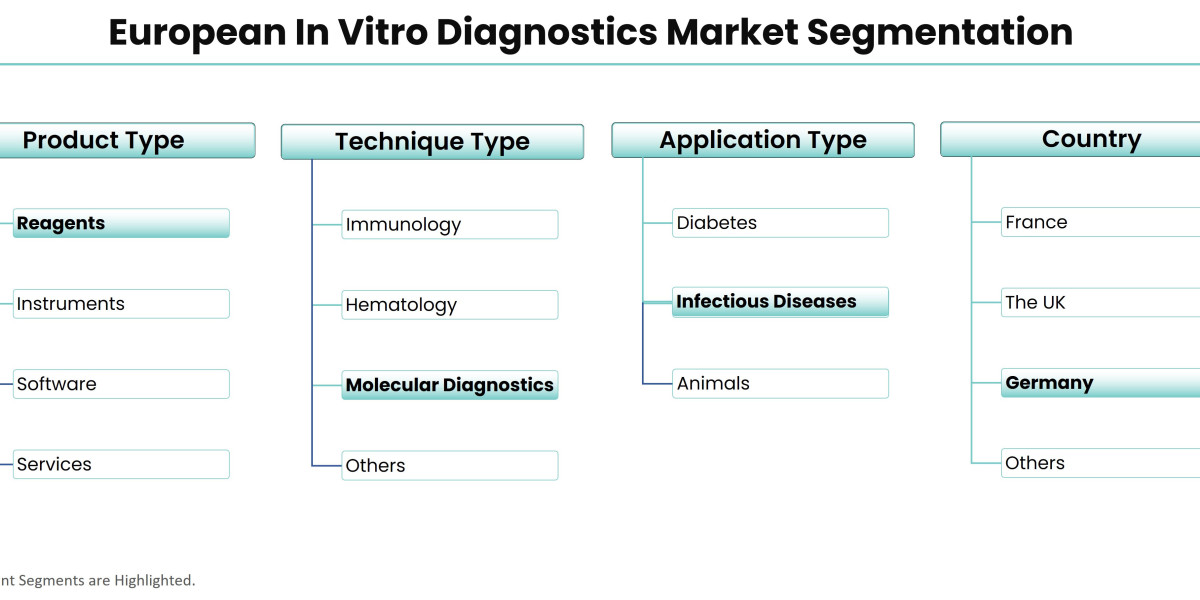The European In Vitro Diagnostics (IVD) market is poised for significant growth and transformation in 2024, driven by technological advancements, regulatory changes, and evolving healthcare needs. Here are the key emerging trends to watch in the coming year.
According to Stratview Research, the European in vitro diagnostics market was estimated at USD 15.29 billion in 2022 and is likely to grow at a CAGR of 5.08% during 2023-2028 to reach USD 20.66 billion in 2028.
Advanced Molecular Diagnostics
One of the most notable trends is the rise of advanced molecular diagnostics. Technologies such as next-generation sequencing (NGS) and polymerase chain reaction (PCR) are becoming more accessible and affordable. These advancements are enhancing the precision of diagnostics, allowing for early detection and personalized treatment of diseases like cancer and genetic disorders. In 2024, expect to see broader adoption of these technologies in clinical settings across Europe.
AI and Machine Learning Integration
Artificial Intelligence (AI) and machine learning are revolutionizing the IVD market by improving the accuracy and efficiency of diagnostics. AI algorithms can analyze large datasets quickly, identifying patterns and anomalies that might be missed by human analysts. This is particularly beneficial in areas such as pathology, radiology, and genomics. In 2024, the integration of AI into diagnostic processes is expected to accelerate, providing more robust and reliable results.
Point-of-Care Testing Expansion
Point-of-care testing (POCT) is gaining momentum due to its ability to deliver rapid results outside of traditional laboratory settings. This trend is driven by the increasing demand for quick diagnostics in emergency rooms, clinics, and even at home. With advancements in POCT technology, tests for a wider range of conditions are becoming available, including infectious diseases, metabolic disorders, and cardiovascular conditions. The convenience and speed of POCT are set to make it a critical component of healthcare in 2024.
Personalized Medicine
Personalized medicine, which tailors treatment based on individual genetic profiles and specific disease characteristics, is becoming increasingly important. IVD products play a crucial role in this field by providing the necessary diagnostic information to guide targeted therapies. In 2024, the trend towards personalized medicine will drive the development of more specialized and companion diagnostics, enhancing treatment outcomes and patient care.
Regulatory Changes and Compliance
The In Vitro Diagnostic Regulation (IVDR) will continue to impact the European IVD market in 2024. This regulation, which aims to ensure the safety and effectiveness of IVD products, requires more rigorous testing and certification processes. While compliance with IVDR presents challenges, it also offers opportunities for companies to differentiate themselves through high-quality and reliable products.
Growth in Telemedicine and Remote Diagnostics
The COVID-19 pandemic accelerated the adoption of telemedicine and remote diagnostics, and this trend is expected to continue in 2024. Remote diagnostic tools, facilitated by digital health platforms, are becoming more prevalent, allowing patients to receive medical advice and testing without visiting healthcare facilities. This shift not only improves patient convenience but also expands access to healthcare services, particularly in remote and underserved areas.
Conclusion
In 2024, the European IVD market will be characterized by significant advancements in molecular diagnostics, the integration of AI, the expansion of point-of-care testing, and the growth of personalized medicine. Regulatory changes will continue to shape the market landscape, driving innovation and ensuring the safety and effectiveness of IVD products. As these trends unfold, the IVD market in Europe is set to experience robust growth, providing enhanced diagnostic capabilities and improving patient outcomes.



